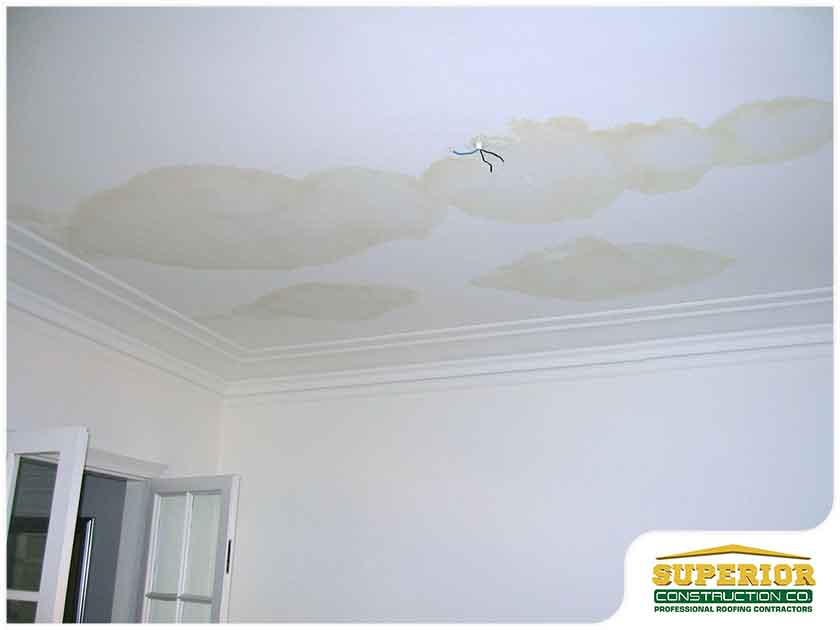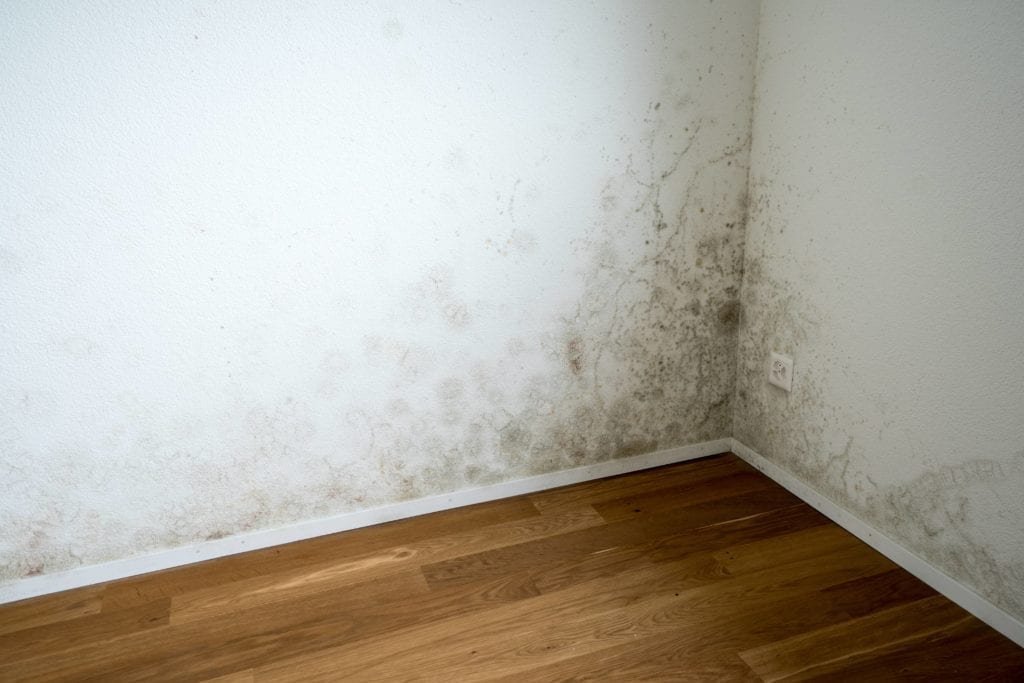Stain from Water on Walls - Inspection and Fix Recommendations
Stain from Water on Walls - Inspection and Fix Recommendations
Blog Article
They are making a number of good points on the subject of Indicators of Water Damage Behind Walls in general in this article further down.

Water discolorations on wall surfaces are not pleasurable to the eyes. Often it seems almost inevitable to experience water stains on wall surfaces in homes.
Property owners staying in moist regions regularly take care of the worry of water discolorations on wall surfaces. That doesn't have to be the situation for you. With precise and also all-round info on the reasons for water spots as well as punctual fixing processes, you will certainly constantly be an action ahead of such events. This short article assures to be a handy overview for you.
3 Common Reasons For Water Discolorations on Walls
In contrast to popular belief, water stains on walls do not always come from bad structure products. There are a number of sources of water discolorations on wall surfaces. These include:
Poor Drainage
This will prevent water from seeping into the wall surfaces. This web links to excessive wetness that you see on the walls of your structure.
The leading cause of damp wall surfaces, in this instance, can be an inadequate drain system. It can also be due to inadequate monitoring of sewer pipes that run through the structure.
Wet
When hot moist air meets with dry cool air, it causes water beads to form on the walls of buildings. When there is steam from cooking or showers, this occurs in restrooms as well as kitchens. The water droplets can stain the surrounding walls in these parts of your home as well as spread to other locations.
Moist or condensation affects the roof covering and also walls of structures. When the wall is damp, it produces a suitable environment for the growth of fungi and also germs.
Pipeline Leaks
A lot of houses have a network of water pipes within the wall surfaces. This makes certain that the pipes are well away from the reach of destructive rats. It always enhances the viability of such pipes, as there is little oxygen within the walls. This dissuades rust.
Yet, a downside to this is that water leakage impacts the walls of the building as well as causes extensive damages. An indicator of damaged pipes is the look of a water discolor on the wall surface.
Water Stains on Wall Surface: Fixing Tips
Home owners would normally desire a quick fix when managing water discolorations. Yet, they would certainly quickly recognize this is detrimental as the water discolorations repeat. So, right here are a few useful suggestions that will certainly direct you in the fixing of water spots on walls:
Pro Suggestion
A houseplant in your home additionally boosts its humidity. So, if your house is currently humid, you may want to present houseplants with minimal transpiration. An instance of suitable houseplants is succulents.
Verdict
No one desires to have water stains on wall surfaces in their house, it can happen to the ideal of us. This short article gives you utilize, as you now recognize exactly how to handle this incident if it does occur.
It is constantly best to hire expert solutions to aid take care of the damages in your home.
Sometimes it appears almost inescapable to experience water stains on wall surfaces in houses.
In contrast to popular idea, water discolorations on walls do not constantly stem from poor structure materials. There are numerous causes of water spots on wall surfaces. The water droplets can discolor the bordering walls in these components of your house and also spread to other locations.
Below are a few useful pointers that will lead you in the repair work of water stains on wall surfaces:
CHECKING FOR WATER DAMAGE
Water damage can be costly, and it may begin before you even notice the first signs of trouble. Water damage can cause mold and mildew in your walls and floors, which can create an abundance of health concerns for your family. It can also lead to costly repairs of various appliances and general home fixtures. To avoid the pricey consequences of water damage, here are Warner Service’s top 5 places you should check:
The walls – The easiest place to spot the beginnings of water damage is on the walls and ceilings of your home. If water damage is present, there will most likely be water stains, especially around the windows and doorframes, and/or cracks in the drywall. If a stain looks unusual (discolored to brown, black or gray, raised texture), has a swollen appearance or is soft to the touch, contact a professional immediately. The pipes – To avoid water damage, consistently check the pipes in your kitchen (especially the dishwasher and ice maker), bathrooms, laundry room (specifically washing machines) and basement for corrosion, leaks and water stains. Pay special attention to where the pipes connect in your home and the location of caulking around the bathroom fixtures, including toilets, sinks, showers and tubs. Missing or loose caulking and grout could be signs of leaking water. This seepage can also quickly cause mold and rust, so double check your water heater and tank for wet spots on the floor. The floor – Water damage is very easy to spot on the floor. Look for any warping or buckling of the material, especially in the basement. If your home has wood flooring, look for bright white or dark stains. If your home has carpeting, keep it dry and clean. A damp carpet that smells of mold could cause water damage and health problems. To avoid this, consider installing floor pans under your appliances to help prevent damages from small, slow and undetected leaks. The basement and attic – If your basement or attic smells odd check for mold and mildew around the area, especially the valley where the roof meets. While you are inspecting those areas, check for wall cracks, floor stains, rust and dampness in the insulation. If you live in a colder and/or rainier climate, perform routine checks for water damage from melting snow or ice and rain. The exterior – Check the roof for damaged flashing and missing, cracked or curled shingles. There should also be no standing water anywhere outside your home. This could be caused by puddles, leaky rain gutters or hoses, poor drainage, or short gutter spouts. Invest in a sump pump system or water flow monitoring system, and perform routine maintenance on these outdoor appliances to avoid indoor water damage.

I found that article about Water Stains on Walls while doing research the internet. Enjoyed our posting? Please share it. Let other people find it. Thanks for your time invested reading it.
Best decision? Contact. Report this page